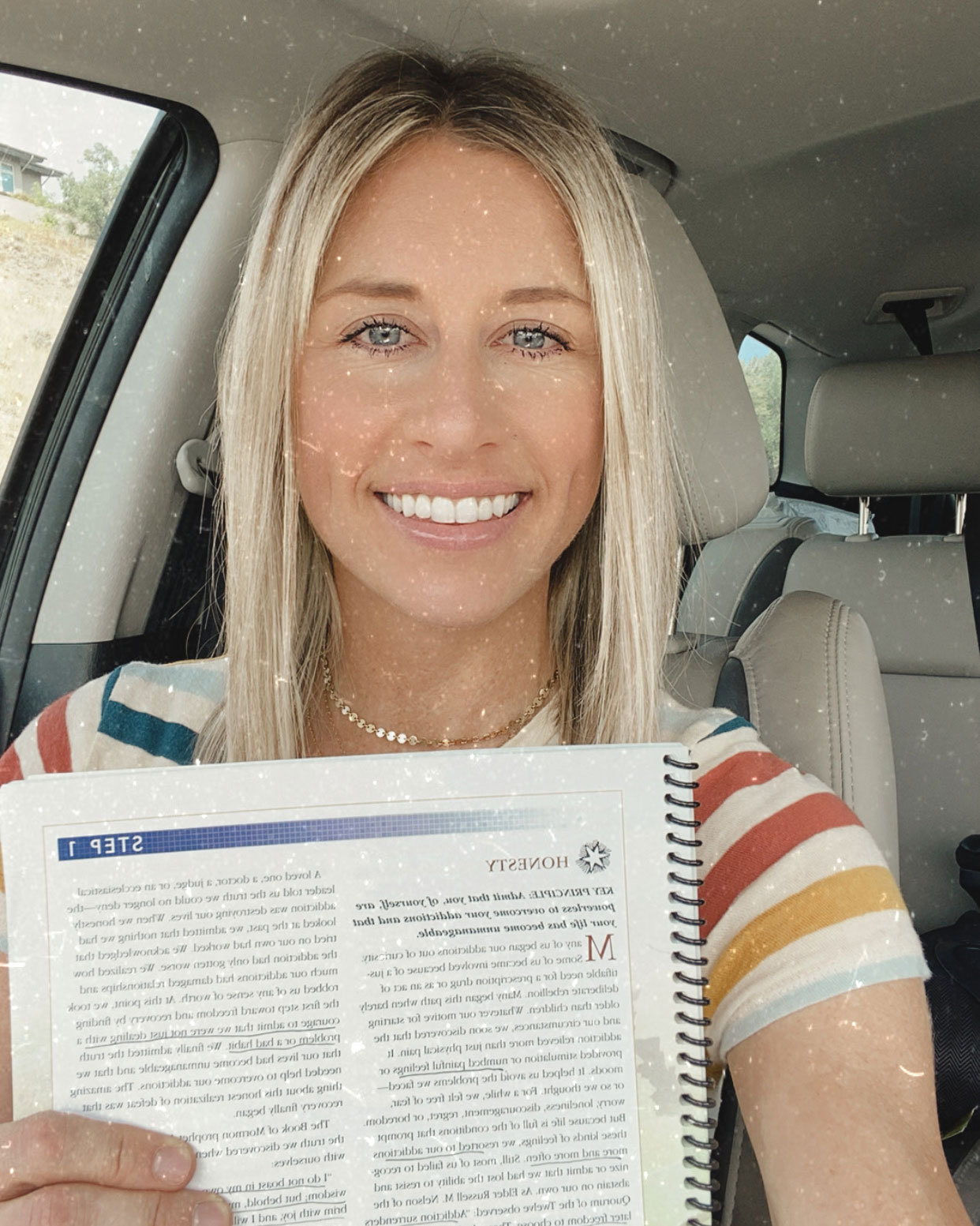
Hi Friends! This post is intended to accompany my IGTV video sharing the basic structure of the 12-step food addiction recovery program I was in last year.
Please keep in mind, I am not promoting or affiliated with any food addiction recovery program and this info is reflective of my short time in a program (Aug-Dec 2019) so it may not fully represent the program I was in or other 12-step programs.
I’ll share more specifics from my experience in a separate post, but I hope this post provides some helpful background if you’re considering joining a recovery program yourself.
A Few Facts To Know (based on the program I was in)
- Food addiction recovery programs are typically based on the 12 steps and 12 traditions of Alcoholics Anonymous and leverage the literature from AA.
- Most programs are completely free to join (no dues or fees) and open to anyone who wants to stop eating addictively. Read my post 5 Programs for Food Addiction Recovery for more details on the different programs available.
- Programs are typically self-supporting (through optional member contributions, not accepting outside donations) and service-oriented (sponsors and members are not paid to serve in the program and can leave at any time).
- Programs are non-promotional and not affiliated with any political or religious groups, therefore, non-denominational, often using terms like “Higher Power” in lieu of “God.”
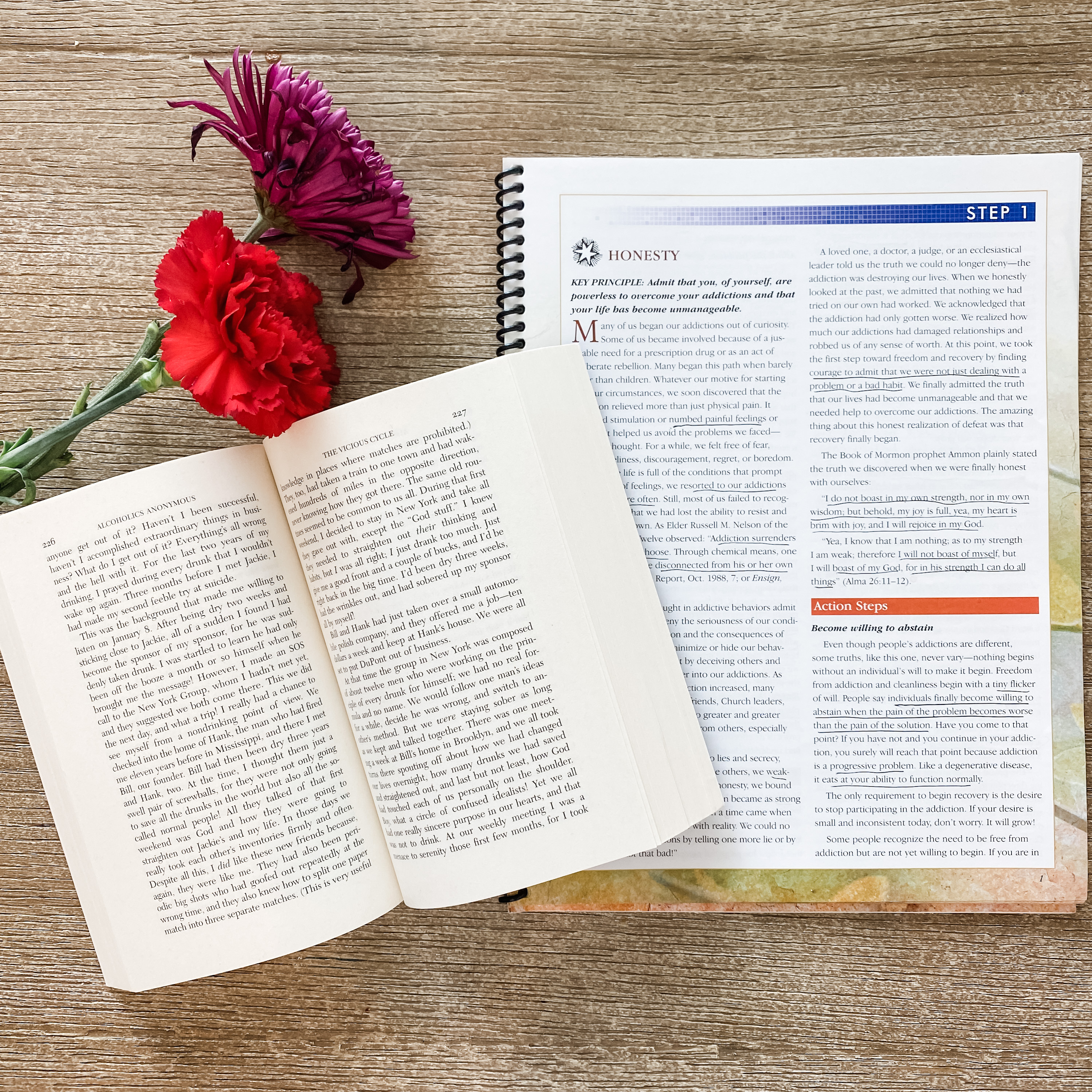
Basic Structure of Food Addiction Recovery Programs
The structure primarily revolves around the tools of the program. The tools are intended to set the framework for your new habits and new relationship with food as you begin to let go of your old ones.
Note: this is an addiction recovery program, not a weight loss program, although weight loss is naturally an appealing aspect of the program. As they say, “Come for the vanity, stay for the sanity.”
- Abstinence
- Avoiding all sugar, flour and personal binge foods.
- Eating 3 meals a day with no snacks in between.
- Weighing and measuring food at meals to provide boundaries and help you know exactly how much to eat, eliminating the guesswork, head-games and rationalization of food quantities.
- Keeping food simple makes this lifestyle change manageable and sustainable. The simpler the food, the greater the freedom.
- Boundaries on food are necessary for healing a previously destructive relationship with food. Boundaries—such as weighing and measuring, simple food, no snacking—keep you safe from old habits, temptations and their inevitable consequences.
- Occasionally eating out at restaurants is okay and there’s no need to bring a food scale or measuring spoons. Look ahead at the menu, when possible, ask the waiter for needed adjustments (dressing on the side, croutons left off, etc.) and aim to eat a simple, abstinent meal that mirrors your weighed/measured portions as much as possible.
- Taking the focus off body size and weight and focusing instead on gratitude for your health and abstinence frees you from diet-mentality and obsession with body size and body image.
- Sponsor
- “Find a sponsor who has what you want and ask how it was achieved.”
- Sponsors keep you accountable, honest, and provide support and guidance.
- To officially join the program, you must have a sponsor to whom you’ll send your meal plan each night and talk to each morning for 20-30 min.
- Meetings
- Meetings are where people share their experiences and stories of change and overcoming.
- Sponsors typically require that you attend 3 in-person meetings a week. You choose where and when based on what’s available in your area.
- Because food addiction tends to associate with isolation, getting out and mingling with others who understand helps break the cycle of hiding and secrecy.
- Members share hope and support in meetings and are so so welcoming to newcomers.
- Telephone
- Phone calls to fellow members of the program can help in moments when you have a craving, when you’re emotionally triggered or feeling depressed, or when you’re feeling good and have strength to offer in support of others.
- Sponsors typically require that you make 3 phone calls a day.
- Phone lists are provided when you join the program and provide access to members all over the world who have willingly given their number to offer service and support.
- Reaching out helps you practice trust, something that you may have struggled with before that led you to seek food for comfort in isolation.
- Anonymity
- Anonymity is the spiritual foundation of a 12-step program and helps create a foundation of humility.
- Members are asked to share first names only and put principals before personalities, meaning no one person is seen as the star or “poster child” of the program and does not represent the program as a whole.
- Each person’s story is theirs to reveal and members keep confidential others’ stories and membership.
- Literature
- Most food addiction programs leverage literature from Alcoholics Anonymous, including the book, “Twenty-Four Hours a Day” that sponsors recommend you read every night.
- Stories of addiction recovery provide insight, strength and hope that there is a solution.
- Each meeting has a literature person who can provide available materials for purchase.
- Writing
- Writing your food plan each night for the next day provides peace of mind that you know what you’re going to eat and how much. Writing it down also helps ensure you have the necessary foods on hand in preparation for the next day.
- In stressful moments throughout the day, writing can provide a release of emotions and more clarity on a situation.
- Writing positive affirmations, spiritual promptings or ideas for serving can help you capture moments of connection with God and pieces of His will for you.
- Quiet Time (My favorite tool in the program)
- Taking time, particularly at the start of each day, to sit quietly and listen, seeking perspective, serenity and strength from God.
- Quiet time can include meditation, prayer, writing, reflecting, dreaming of who you want to be—whatever fills your spiritual cup.
- Learning to rely on a power greater than yourself is a practice of patience that grows through the discipline of consistent quiet time and connection with God each day.
- Gratitude
- Gratitude is an action, not a feeling!
- Food addiction habits breed negativity so programs of recovery help replace negative thoughts with thankful ones.
- “Bless them, change me” is a favorite saying I heard often in my program as people spoke of experiences in conflict with family members, friends, etc.
- Starting with gratitude from addictive eating, look for ways to share and practice gratitude throughout the day, including thanking your Higher Power each morning and night.
- Service
- Abstinence is service because it frees you from compulsion and obsession with food so you can be available to help God help others.
- The more you give, the more you receive!
- Anyone with 6 months or more of abstinence can become a sponsor and begin guiding others through their recovery.
- AWOL (A Way Of Life) Meetings
- This is where you work the 12 steps and most people don’t attend these meetings until they’ve been in the program a little while, gotten the hang of the food changes, and are ready to start the next phase of recovery.
- Note – I never attended an AWOL while I was in program, but once I left program, I began working through the 12 steps on my own using this PDF booklet provided by my church’s general addiction recovery program.
- 90 Days of Continuous Abstinence
- This is the first major goal/milestone in the program.
- Once you reach 90 days of abstinence, you qualify to share your story in meetings.
- When you officially qualify, you lead an entire 90-meeting as well as share your story of recovery for 30 min.
- After you’ve achieved 90 days of abstinence you can share in any/all meetings going forward during the designated meeting time in which all members with 90 days or more of continuous abstinence are invited to share thoughts/experiences for 5-10 min.
- If you break abstinence at any time in the program by eating sugar, flour, personal binge foods, snacking, or not properly weighing/measuring food, your sponsor may “break” you, which means you start over at day 1 and continue to work toward 90 days of continuous abstinence to qualify and share your story.
For Reference: The 12 Steps (adapted for food from AA)
- We admitted we were powerless over food, that our lives had become unmanageable.
- Came to believe that a power greater than ourselves could restore us to sanity.
- Made a decision to turn our will and our lives over to the care of God as we understood him.
- Made a searching and fearless moral inventory of ourselves.
- Admitted to God to ourselves and to another human being the exact nature of our wrongs.
- Were entirely ready to have God remove all these defects of character.
- Humbly asked Him to remove our shortcomings.
- Made a list of all persons we had harmed and became willing to make amends to them all.
- Made direct amends to such people wherever possible, except when to do so would injure them or others.
- Continued to take personal inventory and when we were wrong, promptly admitted it.
- Sought through prayer and meditation to improve our conscious contact with God as we understood Him, praying only for knowledge of His will for us and the power to carry that out.
- Having had a spiritual awakening as a result of these steps, we try to carry this message to food addicts and to practice these principals in all our affairs.
Blogs/Links Mentioned in my IGTV Video
- 5 Programs for Food Addiction Recovery
- The food addiction recovery program I joined
- The sugar-free food plan I still follow that I received from my food addiction recovery program
- 12-step PDF booklet from my church
More to come!
Please don’t hesitate to ask questions in the comments, email me or DM me on Instagram. I love helping and sharing my experience with finding food freedom and I believe it’s possible for everyone to obtain.
In future posts and Instagram videos I’ll be sharing more of my perspective and experience in a 12-step food addiction recovery program as well as how I’ve continued to make food freedom a lifestyle since leaving the program.
Thanks for reading!

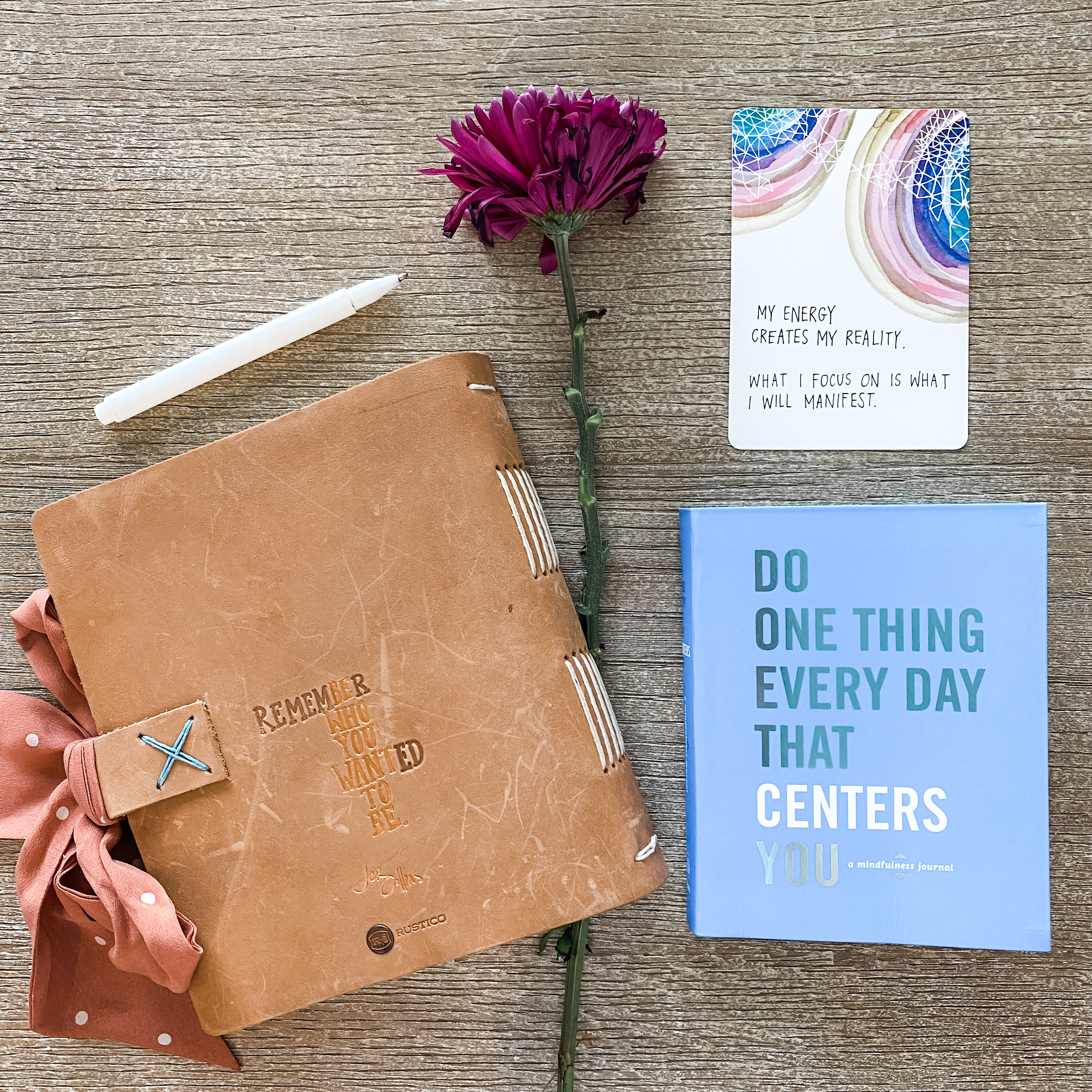
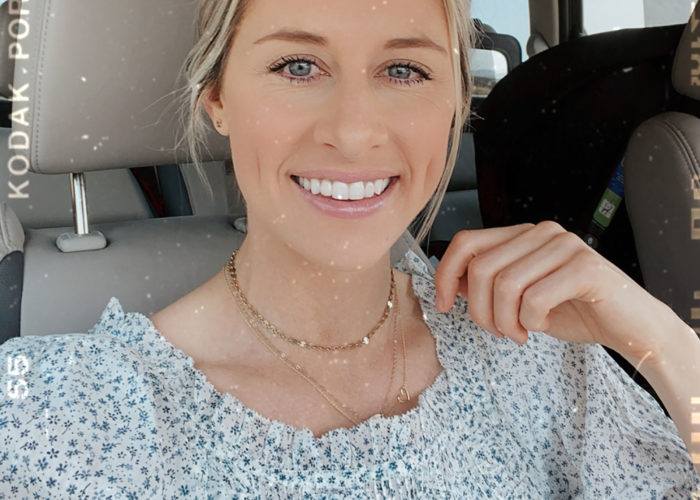
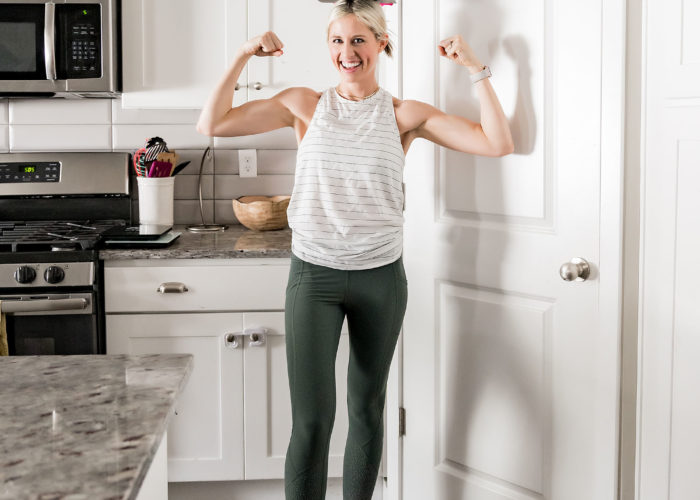
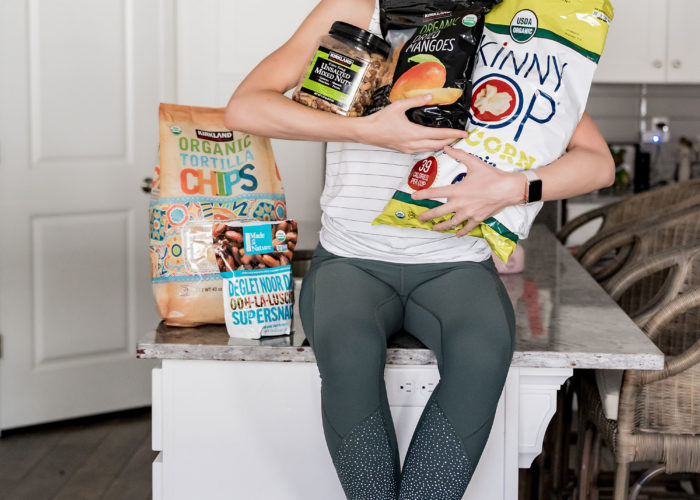

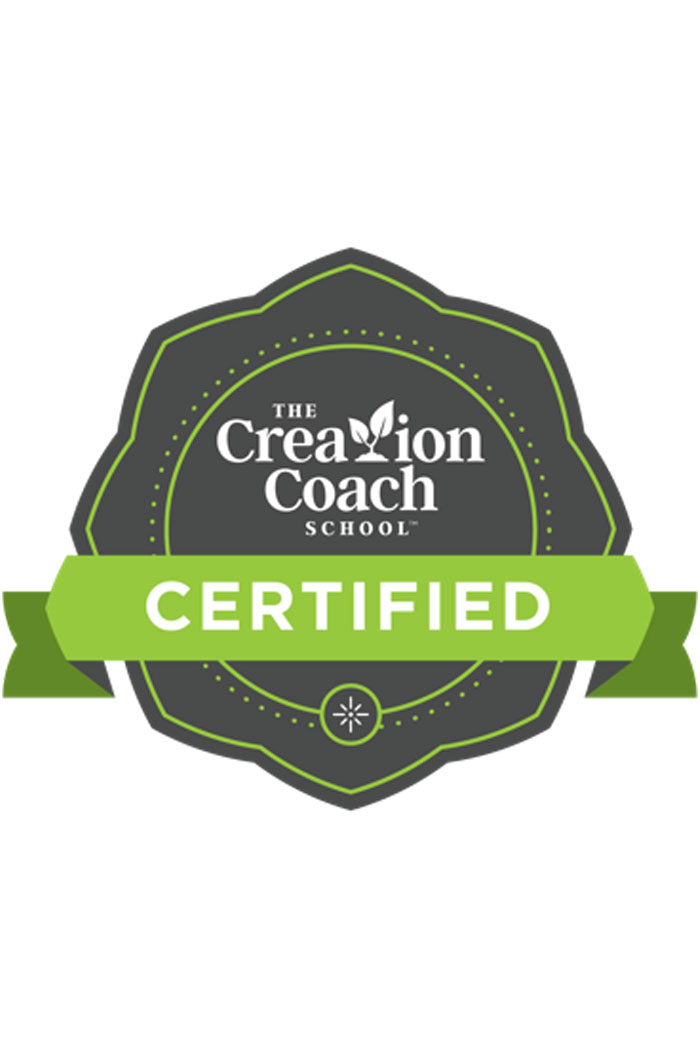
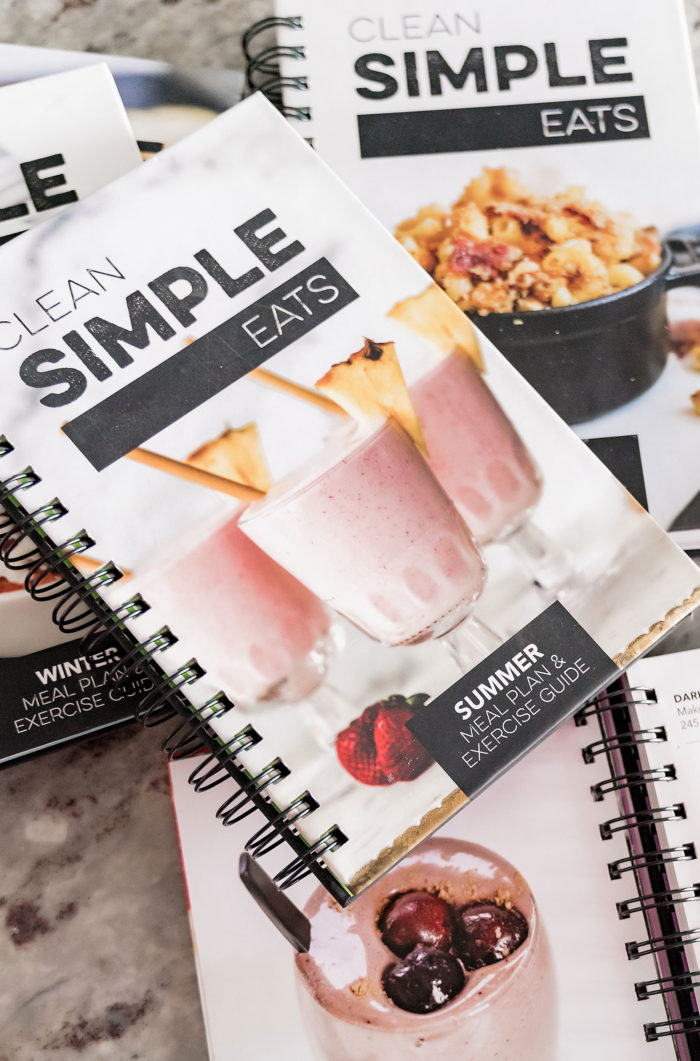
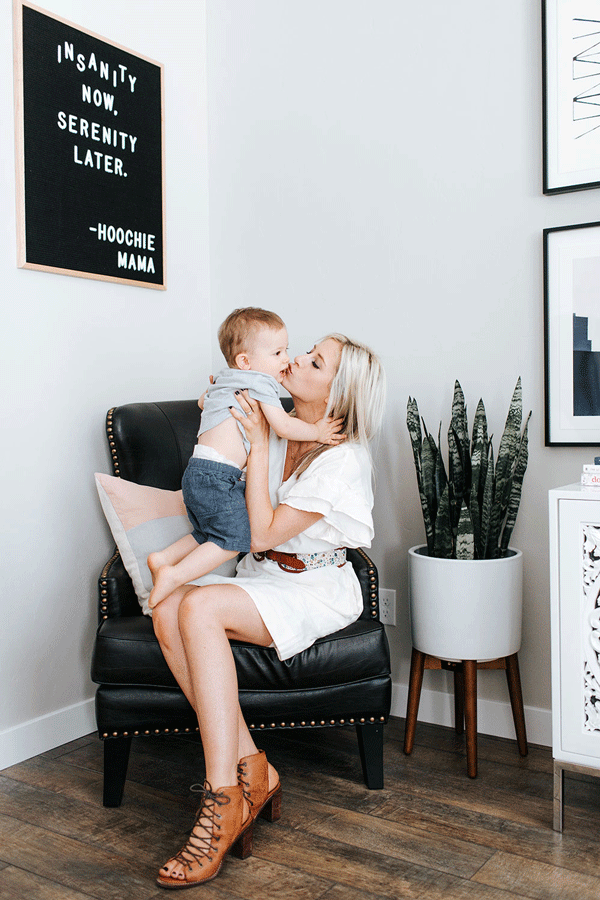
What is the name of the spiral book in the picture with step one honesty?
It’s the addiction recovery manual from my church. You can download it here: https://addictionrecovery.churchofjesuschrist.org/bc/content/arp/content/manuals/ARPGuide_English_36764.pdf